Remember when we couldn’t wait to get home from work to catch our favorite prime-time soap operas or spent hours perfecting our Rubik’s Cube solutions? The 1980s blessed us with some of the most iconic trends that defined a generation, captivating our attention and emptying our wallets faster than you could say “totally radical.” These fads swept through our neighborhoods, schools, and offices like wildfire, becoming overnight sensations that we simply couldn’t live without—until suddenly, we could. Let’s take a nostalgic journey back to that neon-colored decade when hair was big, shoulders were padded, and these 12 unforgettable fads had us all completely obsessed.
1. Cabbage Patch Kids
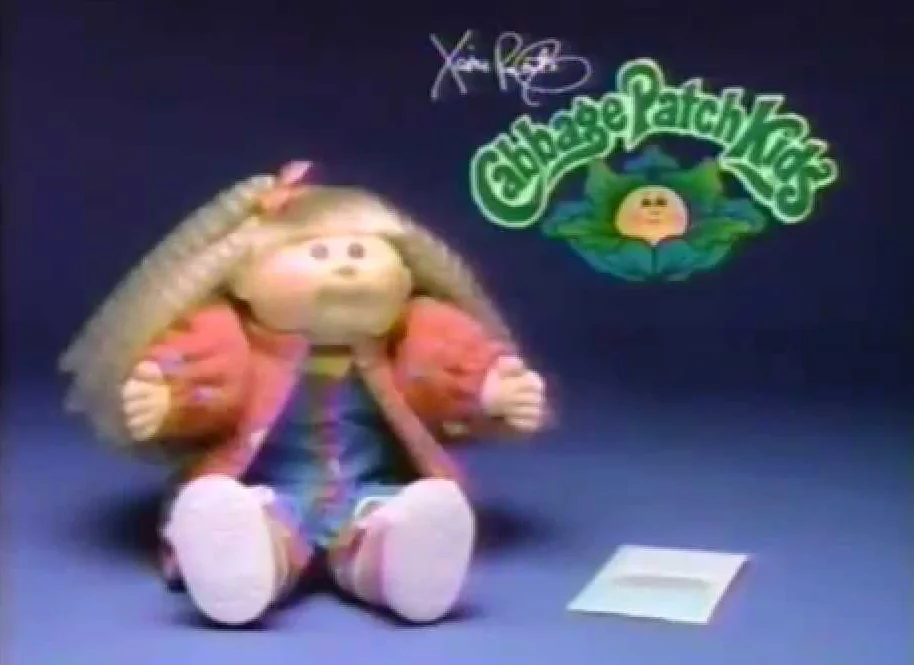
The sight of parents literally wrestling each other in toy store aisles during the 1982 Christmas season remains one of the most extraordinary consumer frenzies in modern history. Each doll came with its own name, birth certificate, and adoption papers, creating a personal connection that made children (and many adults) believe these fabric-faced companions were truly special. The genius marketing behind these homely yet adorable dolls triggered a collecting mania that saw some models selling for ten times their retail price on the secondary market. Remind also notes that the Cabbage Patch kids contributed greatly to the rise of Black Friday frenzies.
Creator Xavier Roberts couldn’t possibly have predicted that his hand-stitched “Little People” would evolve into a billion-dollar empire that sold over 65 million dolls by the end of the decade. The Cabbage Patch phenomenon introduced the concept of the “must-have” holiday toy that would be replicated by Tickle Me Elmo and Furby in later decades. By 1985, though, the fever had broken, leaving many parents questioning why they’d camped outside stores or paid exorbitant prices for dolls that would ultimately be relegated to closets and attics across America.
2. Members Only Jackets
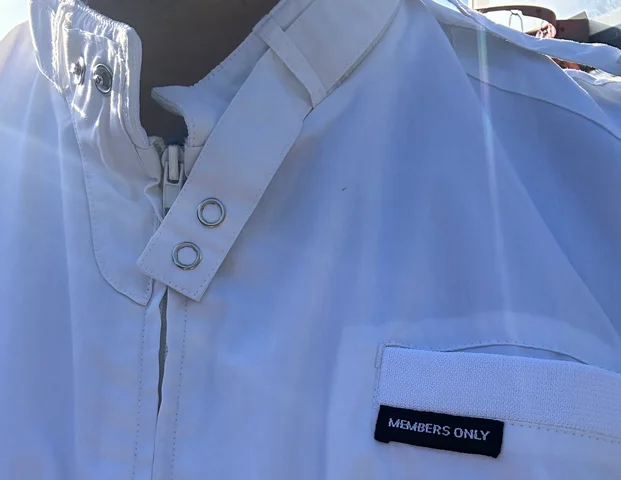
Nothing said “I’ve arrived” in the early ’80s quite like the iconic racer-style jacket with its distinctive epaulets and signature label proudly displayed on the breast pocket. These status symbols weren’t particularly weatherproof or exceptionally stylish by today’s standards, but they represented belonging to an exclusive “club” that everyone desperately wanted to join. The company brilliantly marketed their otherwise ordinary polyester-blend jackets as luxury items, charging premium prices for what essentially became wearable social currency. This garment has an eventful history that Mental Floss sews together.
The jackets reached peak popularity around 1984 when approximately one in four Americans owned one of these windbreakers in various colors, with black, tan, and white being the most coveted. Celebrity endorsements from stars like Frank Sinatra and Johnny Carson helped cement the jacket’s status as the ultimate casual-wear status symbol. By 1987, however, the oversaturation had destroyed the exclusivity appeal, and these once-prized possessions became symbols of conformity rather than distinction, causing the fad to collapse almost as quickly as it had risen.
3. Jelly Shoes
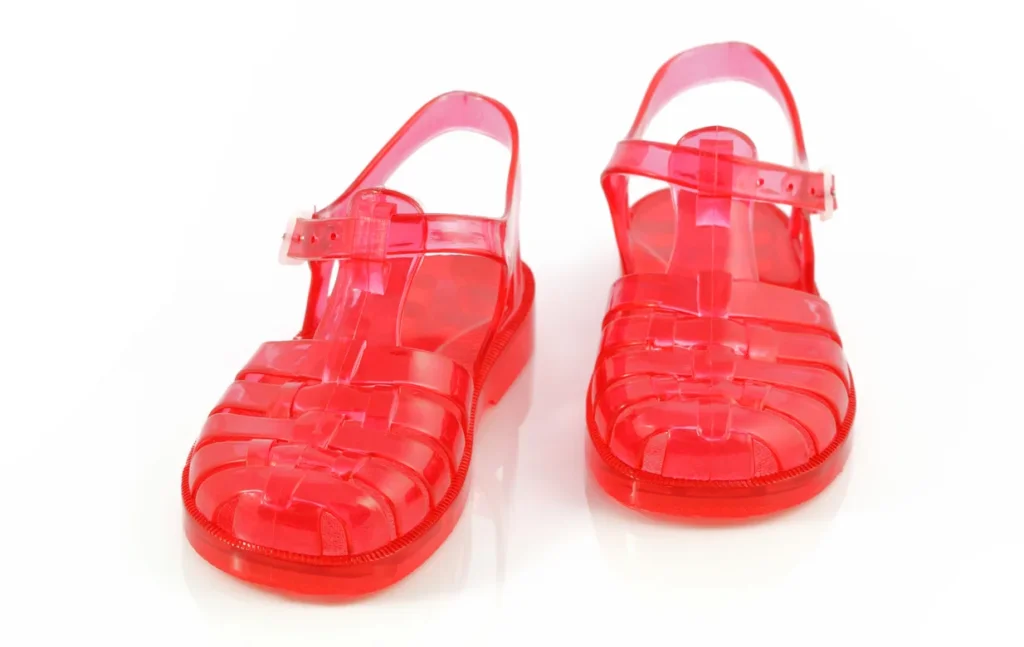
These translucent plastic footwear creations defined summer fashion for countless Americans, offering an affordable way to own shoes in every color of the rainbow. The flexible PVC material molded to feet and came in various styles from flats to wedges, often sparkled with embedded glitter, and emitted that unmistakable plasticky scent that somehow represented the height of fashion. Their waterproof nature made them practical for pool parties and beach outings, while their low price point (typically under $10) allowed consumers to indulge in multiple pairs. HowStuffWorks breaks down how these unique shoes work.
What most jelly enthusiasts didn’t anticipate was the uncomfortable reality of wearing non-breathable plastic on hot summer days, resulting in sweaty, blistered feet that squeaked with every step. The shoes’ popularity peaked around 1983-1984 when even high-end designers like Jean-Paul Gaultier created their own upscale versions of the humble jelly. By 1986, these trendy tortures had largely disappeared from fashion-conscious feet, although they’ve experienced several nostalgic revivals in subsequent decades, never quite recapturing their original cultural impact.
4. Parachute Pants
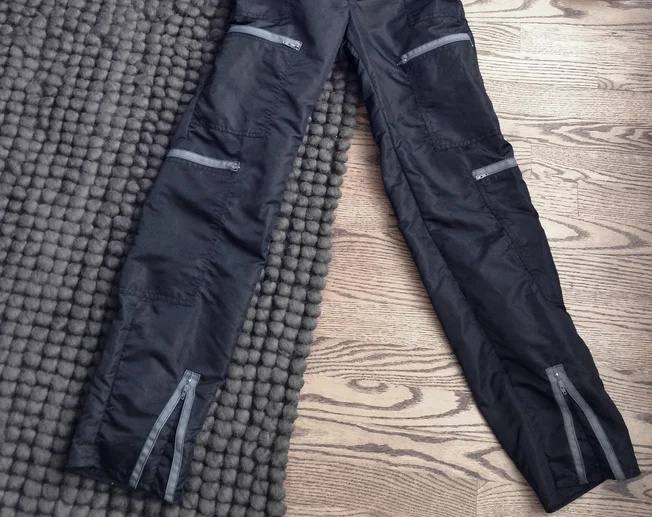
These shiny, synthetic wonders with their abundance of zippers became the unofficial uniform of the breakdancing movement and hip-hop culture of the early ’80s. Made from lightweight nylon ripstop fabric similar to actual parachutes, these pants featured a distinctive “swishy” sound when the wearer walked, announcing their fashion-forward presence before they even entered a room. The multiple zippered pockets served little practical purpose but added to the futuristic aesthetic that perfectly complemented the emerging electronic music scene.
MC Hammer’s later “Hammer pants” variation would bring a baggier silhouette to mainstream attention, but the original tight-fitting parachute pants reached their zenith around 1984 when retailers couldn’t keep them in stock. The pants’ decline began almost as quickly as their rise, with the material proving less durable than expected and the style looking increasingly dated as denim reclaimed its throne in youth fashion. By 1986, wearing parachute pants marked you as hopelessly behind the times rather than ahead of them, relegating thousands of pairs to the back of closets nationwide.
5. Leg Warmers
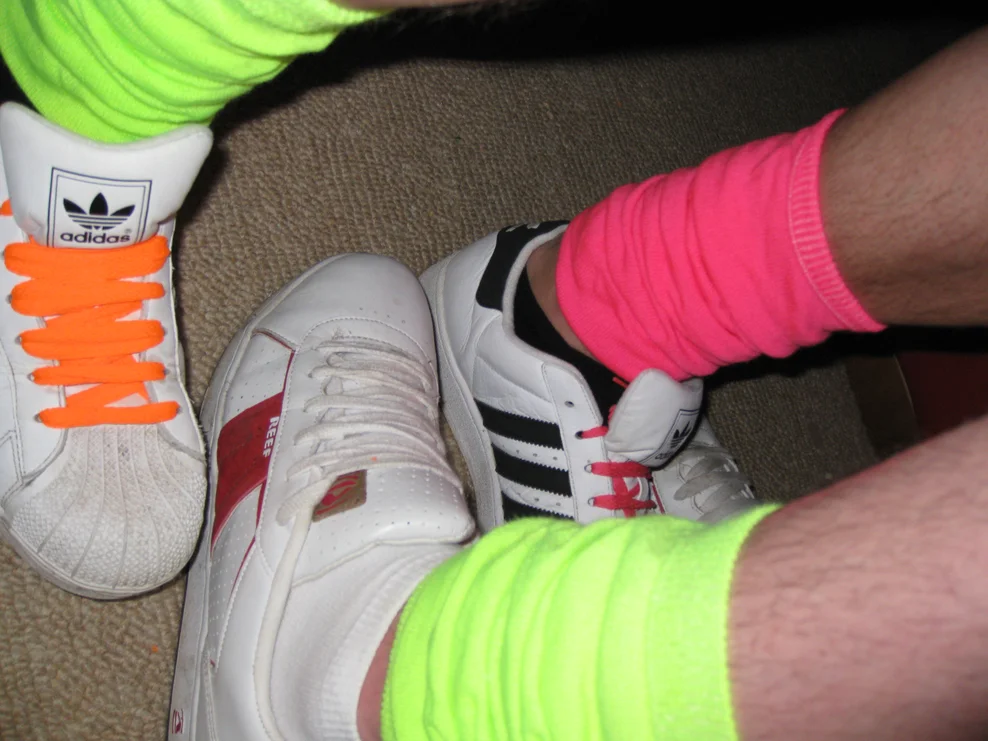
Initially designed for dancers to keep muscles warm between performances, these cylindrical knitted accessories became a fashion phenomenon thanks largely to the movie “Flashdance” and the emerging aerobics craze. Women (and some adventurous men) wore these woolly tubes not just during workouts but with everyday outfits—over jeans, with mini skirts, and even with formal wear in a curious blend of athletic and casual style. The colorful accessories were inexpensive to produce, allowing manufacturers to flood the market with options ranging from basic black to neon patterns and even sequined evening versions.
The marriage between leg warmers and the fitness obsession of the decade created the perfect storm for this impractical fashion trend to dominate for several years. Jane Fonda’s workout empire helped legitimize the look as both functional and fashionable, while pop stars like Madonna incorporated them into their signature styles. By 1985, however, the market saturation and the fundamental question of why anyone would need to keep only their calves warm in non-dance settings led to the trend’s rapid decline, with millions of leg warmers finding their way to donation bins across the country.
6. The Rubik’s Cube
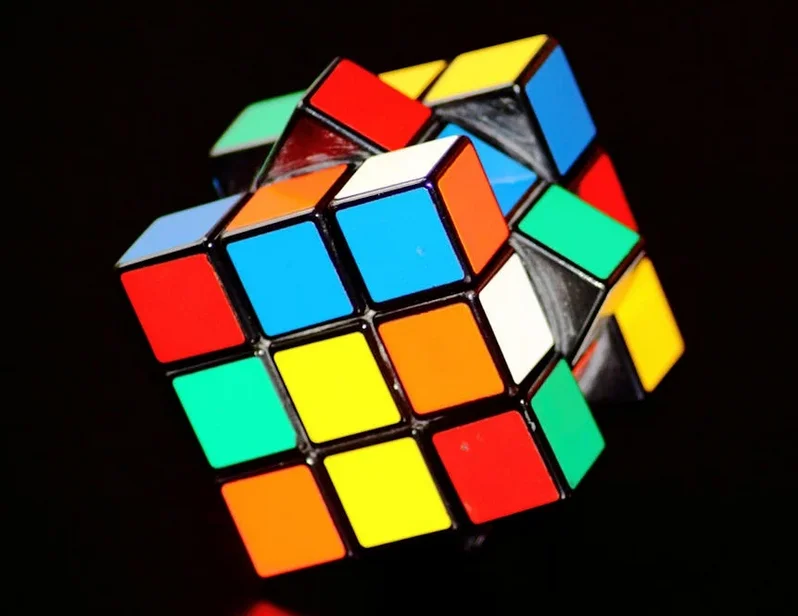
This colorful mechanical puzzle invented by Hungarian architect Ernő Rubik captivated the world with its simple premise and mind-bendingly complex execution—align all nine colored squares on each of the six faces. The puzzle’s elegant design hid its mathematical complexity: over 43 quintillion possible configurations, with only one correct solution that seemed eternally elusive to most casual players. Schools attempted to ban the distraction as students neglected lessons to twist and turn the addictive cubes under their desks, while televised solving competitions turned mathematical prodigies into unlikely celebrities.
By 1982, approximately one-fifth of the world’s population had handled a Rubik’s Cube, making it arguably the most widespread mechanical puzzle in human history. The inevitable frustration of unsolved cubes led to a cottage industry of solution books, classes, and even the emergence of “cube doctors” who would repair puzzles damaged by desperate owners attempting to reassemble them after taking them apart. The craze receded almost as quickly as it appeared, with sales plummeting from millions per month to mere thousands by 1983, though the cube has experienced several revivals and remains the best-selling puzzle toy of all time.
7. Shoulder Pads
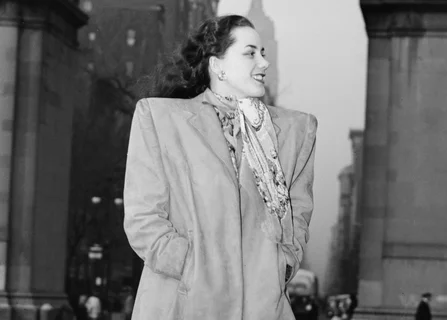
These foam inserts transformed ordinary women into corporate warriors with silhouettes that commanded authority in previously male-dominated workplaces. Television shows like “Dynasty” and “Dallas” showcased power-dressed businesswomen whose shoulders rivaled football players, influencing working women who sought to be taken seriously in executive settings. What began as a subtle tailoring detail in high-end business attire quickly escalated to cartoonish proportions, with some fashionable jackets featuring padding that extended inches beyond the natural shoulder line.
The exaggerated silhouette represented female empowerment during a time when women were breaking glass ceilings and establishing themselves in fields previously closed to them. By 1987, shoulder pads had become so ubiquitous that they came pre-sewn into nearly all women’s garments, including casual t-shirts, sweaters, and even nightgowns, creating a top-heavy appearance that seems bizarre in retrospect. The trend collapsed under its own weight around 1989, leaving millions of women suddenly appearing to have shrinking shoulders as they removed the padding from their existing wardrobes or donated their power suits to thrift stores.
8. Slap Bracelets
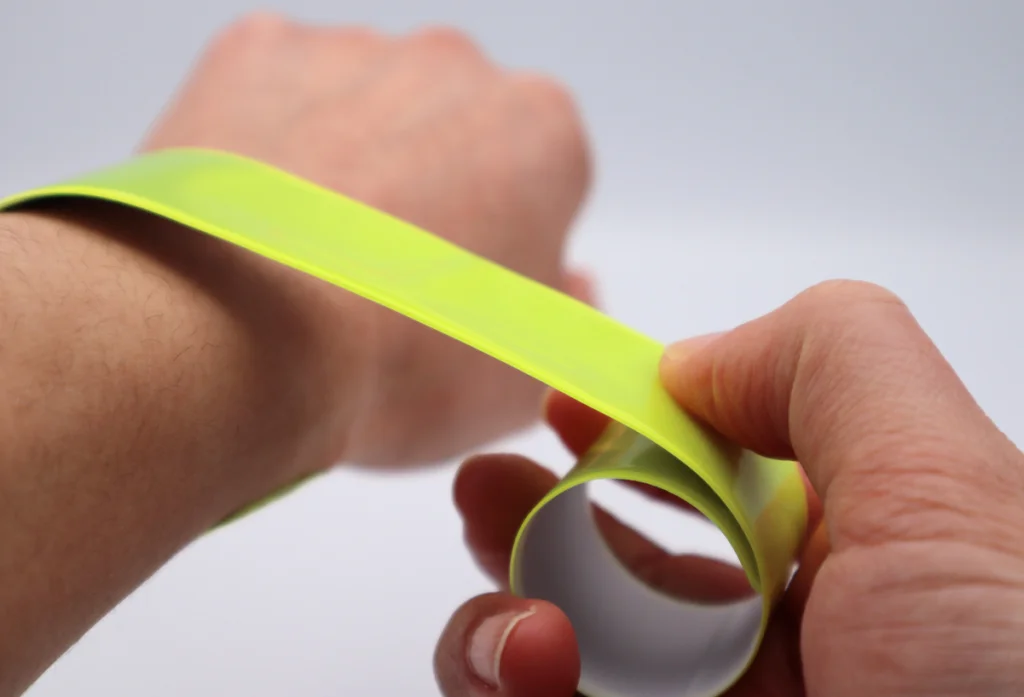
These seemingly innocent strips of decorated metal covered in fabric or plastic became the playground currency of the late ’80s despite being banned in many schools as safety hazards. The satisfying “slap” sound as the flexible metal band curled around the wrist provided an addictive sensory experience that had children collecting dozens in various patterns and colors. The bracelets’ affordable price point (typically under $2) made them accessible to youngsters with limited allowances, while their collectible nature created a trading ecosystem reminiscent of baseball cards.
Invented by Wisconsin teacher Stuart Anders, who originally called his creation the “Slap Wrap,” the product was licensed to Main Street Toy Company in 1990 and quickly became their best-selling item. The fad’s meteoric rise was matched by its rapid fall from grace when reports emerged of children cutting themselves on exposed metal edges where the fabric covering had worn away. School districts across the country banned the accessories by 1991, effectively killing the trend just as quickly as it had emerged and leaving manufacturers with warehouses of suddenly worthless inventory.
9. Hacky Sack
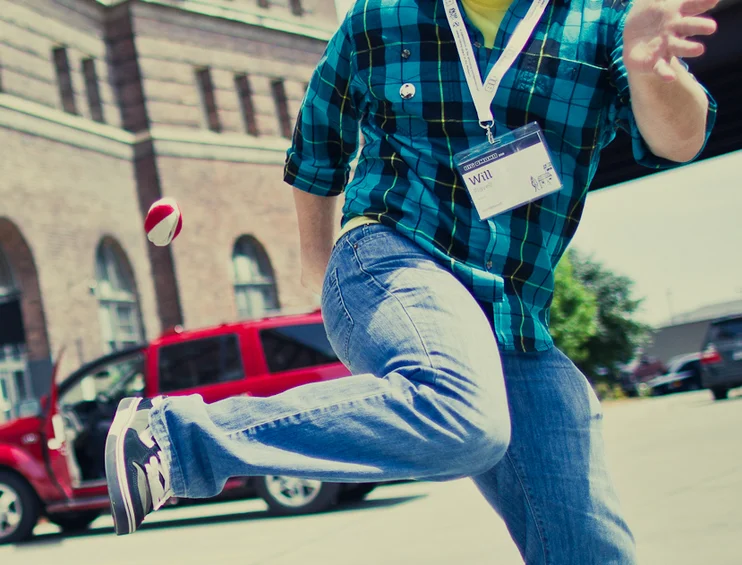
This small bean-filled footbag transformed schoolyards and college campuses into impromptu circles of kicking, highly concentrated players attempting to keep the sack airborne without using their hands. The simple premise required minimal equipment but considerable skill to master, creating an accessible yet challenging activity that fostered a unique community across socioeconomic boundaries. The game’s origins dated back to 1972, but it reached cultural phenomenon status in the mid-1980s when it seemed impossible to walk through any public park without encountering a hacky sack circle inviting passersby to “join the hack.”
The activity’s association with laid-back counterculture made it particularly appealing to young people seeking to display their coordination and belong to an inclusive community. Professional players emerged, demonstrating impressive “freestyle” moves including stalls, spins, and catches using all body parts except hands, elevating what began as a casual pastime into a legitimate sport. By 1989, the fad aspect had significantly diminished, though the activity continues with a dedicated core following, having never again achieved the ubiquity it enjoyed when it seemed everyone under 25 carried a hacky sack in their back pocket.
10. Wine Coolers
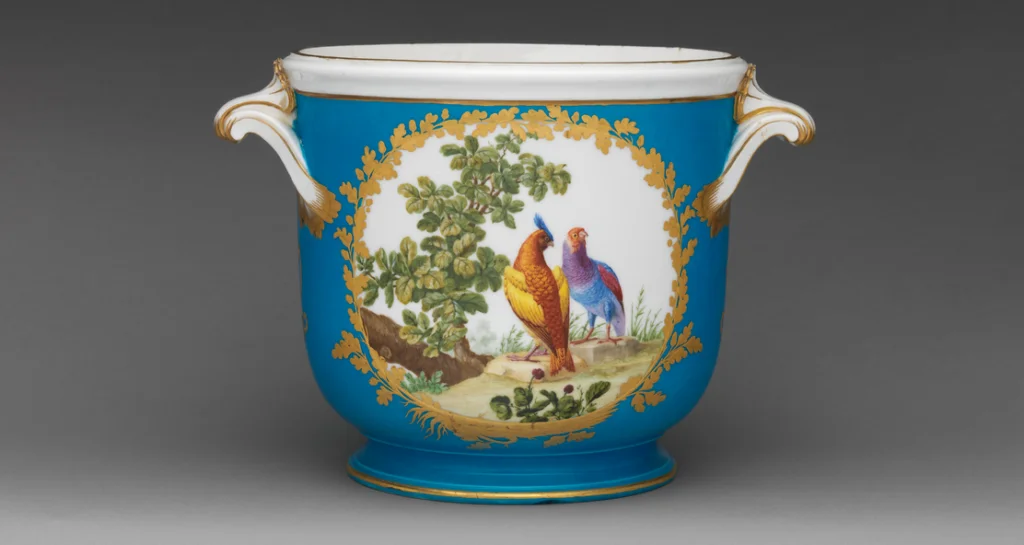
These fruity, low-alcohol beverages in colorful bottles promised sophisticated drinking for those who didn’t actually enjoy the taste of alcohol. Brands like Bartles & Jaymes and California Cooler dominated the market with their sweet, accessible flavors that masked the minimal alcoholic content (typically 4-6%) while clever marketing campaigns positioned them as the refreshing alternative to beer or traditional mixed drinks. Sales skyrocketed from virtually nothing in 1980 to over $500 million by 1987, accounting for nearly 10% of all wine consumption in America.
Celebrity endorsements from soft-rock stars and clever television commercials featuring the fictional Frank Bartles and Ed Jaymes helped normalize these beverages for middle America. The fad met its demise through a combination of market saturation, changing consumer tastes, and a substantial federal excise tax increase on wine in 1991 that disproportionately affected the already slim profit margins of these inexpensive beverages. By the early 1990s, wine coolers had been largely replaced by malt-based alternatives and premixed cocktails, leaving behind only the faint memory of their fruity sweetness and those iconic glass bottles.
11. Acid-Washed Jeans
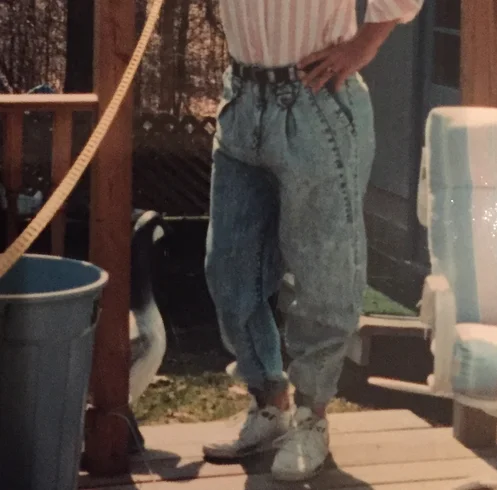
The distinctive mottled appearance of these processed denim garments dominated fashion from 1986 to 1989, created by washing pumice stones soaked in chlorine bleach with regular denim to produce a randomly faded pattern. Originally pioneered by the Rifle jeans company in Italy, the technique quickly spread worldwide as manufacturers rushed to meet demand for the distinctive look that paired perfectly with the era’s rock and metal aesthetics. The manufacturing process was environmentally problematic, releasing chlorine compounds and creating excessive water waste, though such concerns were largely overlooked during the height of the craze.
The style received massive popularity boosts from MTV music videos and movies like “The Lost Boys,” where rock stars and heartthrobs sported the distinctive denim that signaled rebellious youth culture. Customization became part of the appeal, with teenagers bleaching their own jeans at home (often with disastrous results) or adding patches, paint, and strategically placed rips to make their acid-washed garments truly unique. By 1990, the trend had become so oversaturated that wearing acid-washed anything marked you as hopelessly out of touch, causing the once-coveted items to fill discount bins and thrift store racks across America.
12. Aqua Net Hairspray
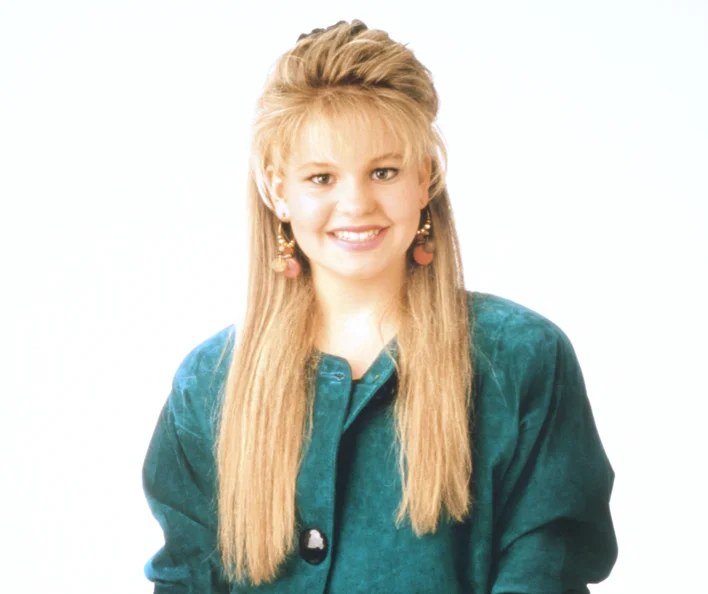
The iconic pink can became the secret weapon in achieving the gravity-defying hairstyles that defined the decade, from towering bangs to voluminous perms and feathered locks. A single $2.99 can contained the power to transform ordinary hair into architectural statements that could withstand wind, rain, and even moderate impact without losing their sculptural integrity. The extra super hold formula contained enough industrial-strength polymers to ensure that carefully crafted hairstyles remained intact for days, often requiring clarifying shampoo to fully remove the product buildup.
The hairspray became so synonymous with ’80s excess that it emerged as both a cultural touchstone and an environmental concern, with each can releasing significant amounts of chlorofluorocarbons (CFCs) that were later understood to damage the ozone layer. Annual sales peaked around 1986 with an estimated 60 million cans sold that year alone, making it the bestselling hairspray in American history. As environmental awareness grew and fashions shifted toward more natural looks in the early 1990s, Aqua Net’s dominance waned, though the brand successfully reformulated without CFCs and continues to inspire nostalgic recognition among those who once relied on its industrial-strength holding power.
The ’80s may have faded into history along with our neon wardrobes and mixtapes, but the cultural impact of these short-lived obsessions continues to influence how we understand consumer behavior and trend cycles today. These fads represented more than just products—they were shared experiences that connected us in ways that today’s algorithm-driven personalized recommendations rarely achieve. While we may chuckle at our former devotion to these passing trends, they remain powerful time capsules of an era when excitement spread through word-of-mouth rather than social media, and participating in the latest craze meant physically going to a store rather than clicking “add to cart.” Perhaps in their fleeting glory, these forgotten obsessions remind us of something genuinely valuable—the simple joy of being swept up in collective enthusiasm, however temporary it might be.


